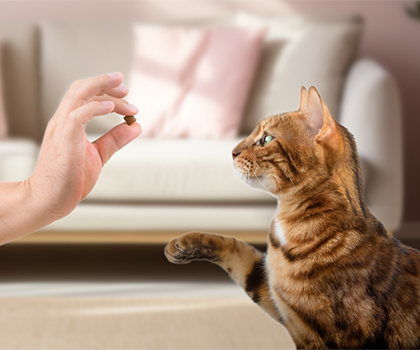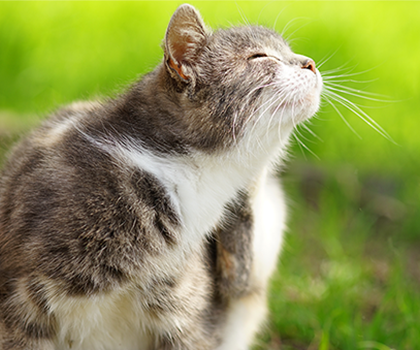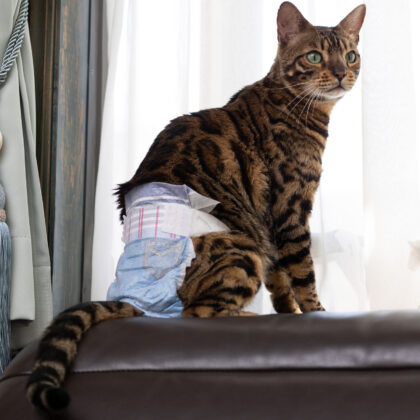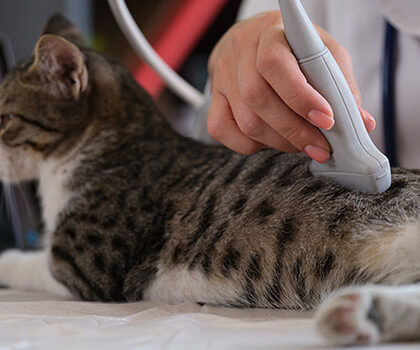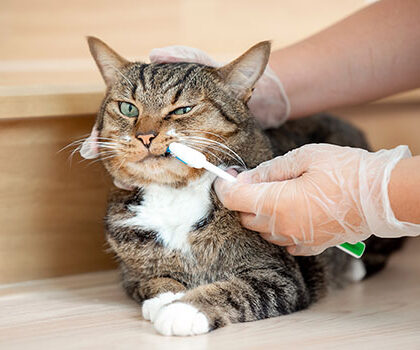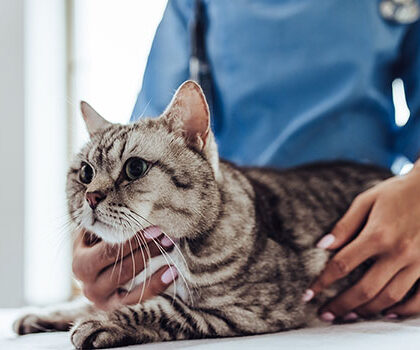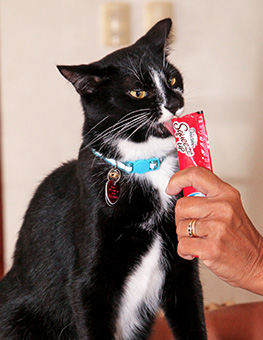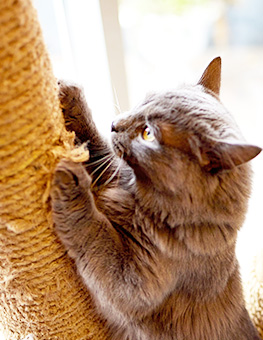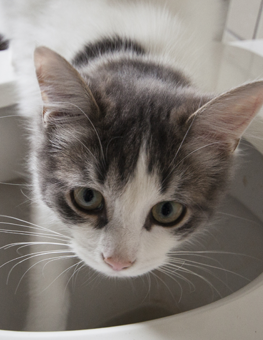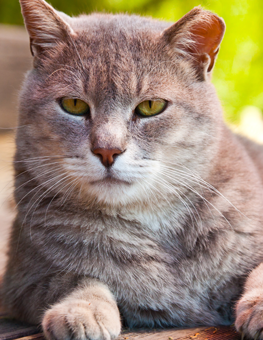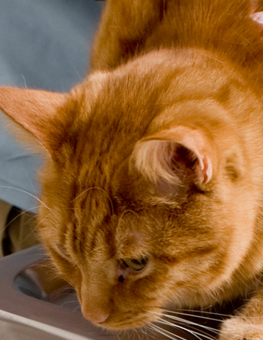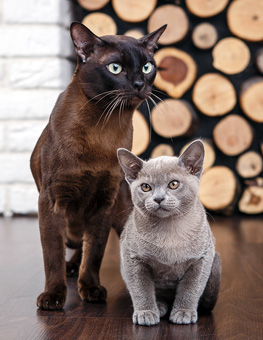Your Cat’s World: How Your Feline Uses His Senses
Cats have amazing senses, from sight, to smell, to hearing. Learn how your pet cat uses his senses to his advantage.
Your cat’s senses are very keen, and are designed to help your feline friend operate smoothly in his environment. From high-powered ears to a sensitive nose, your cat can sense things in ways that humans can only dream about. Here’s how your cat uses his senses to his advantage:
Sight
Anyone who has seen their pet cat’s round eyes gleaming in the darkness has probably assumed that cats can see very well in low-light situations. This is absolutely correct. Cats can use their eyes to see very well at night, much better than humans can in dark situations. This is because cats have special layers in their eyes that reflect light, allowing them to use it more efficiently than other animals. A cat’s eyesight during the day and in high-light situations, however, is actually worse than a human’s.
Aside from this, a cat's eyesight has many other features differentiating it from humans. Since cats are predators, they have very good depth perception, as well as vision that focuses mainly on movement. Another feature that helps them hunt is that their eyes do not need to be lubricated by blinking. This helps them keep a steady focus on their prey.
Smell
While a cat’s eyesight has its pros and cons, its sense of smell is indisputably better than that of a human’s. In fact, their sense of smell is almost fifteen times stronger than ours, meaning your pet cat can use their nose to navigate their environment. It’s not just their nose that knows, though, as cats are equipped with a second scent sensor, a pair of organs called the Jacobson’s organs, located in the roof of their mouth. If you see your cat grimacing or sneering by pulling back his upper lip, and opening his mouth, it means he is using this secondary sense of smell.
Hearing
As with their sense of smell, cat’s have a very advanced sense of hearing, as felines make good use of their large, perky ears. While cats hear sounds about as low as humans, they can hear much higher pitches than we can, and their range goes even above that of dogs. Additionally, they can discriminate between different tones and pitches much better than we can. As for using this sense, cats can use their hearing to pinpoint prey very well. Both of their ears can swivel and move independently of each other, which is very useful for finding the sources of certain sounds. Amazingly, cats are able to distinguish between sounds that occur as close as 3 inches apart.
Taste
Taste is the weakest of the cat senses, as cats have significantly fewer taste buds than either dogs or humans. Cats, since they are carnivores, have senses of taste that strongly identify and prefer fats and proteins. On the other hand, they do not have much of a taste for sweets, nor do they seek out salty foods, as they get all the salt they need from their meat-heavy diet.
Touch
While cats sense touch much like we do with their paws and the rest of their body, the most remarkable aspect of this cat sense is their whiskers. These special hairs provide your cat with detailed sensory information; helping him to create a deep understanding of his world.



